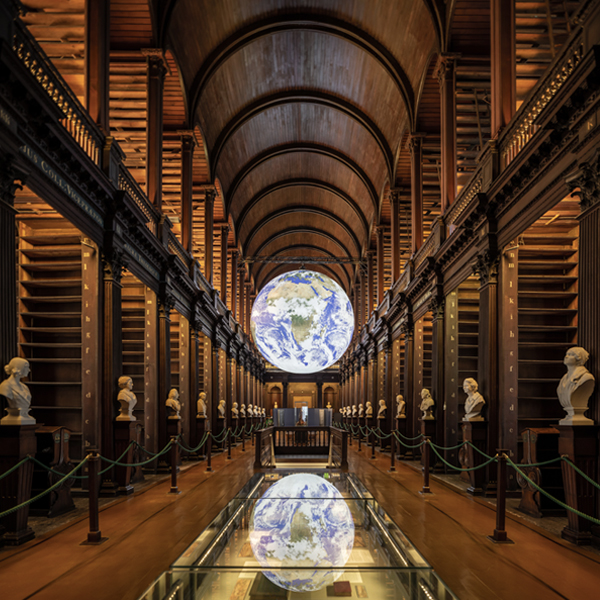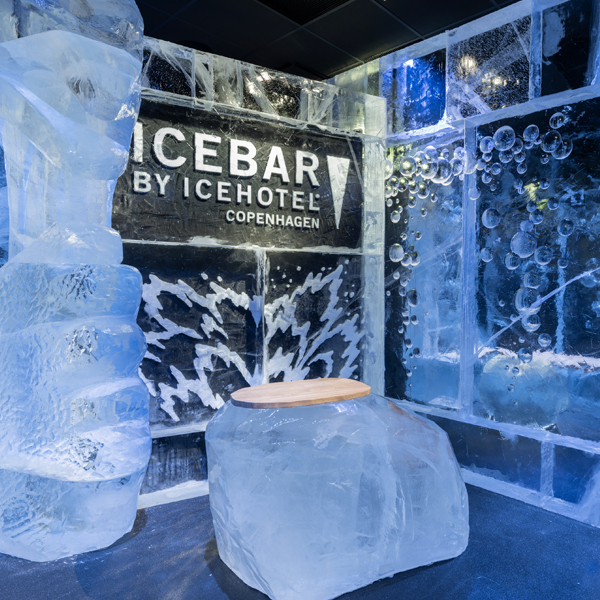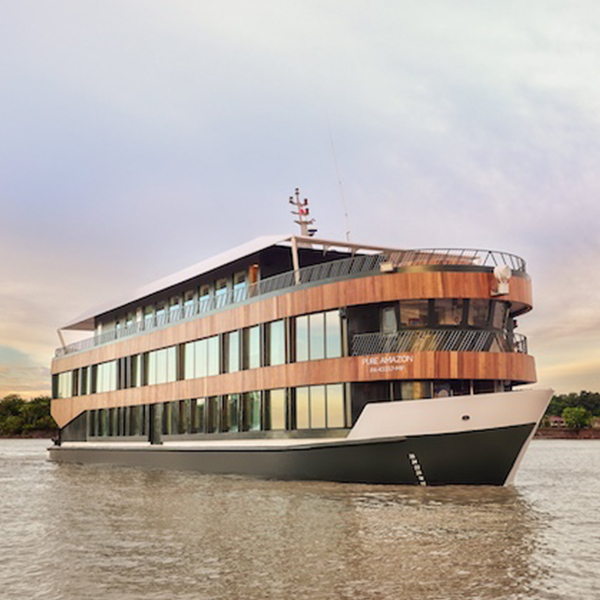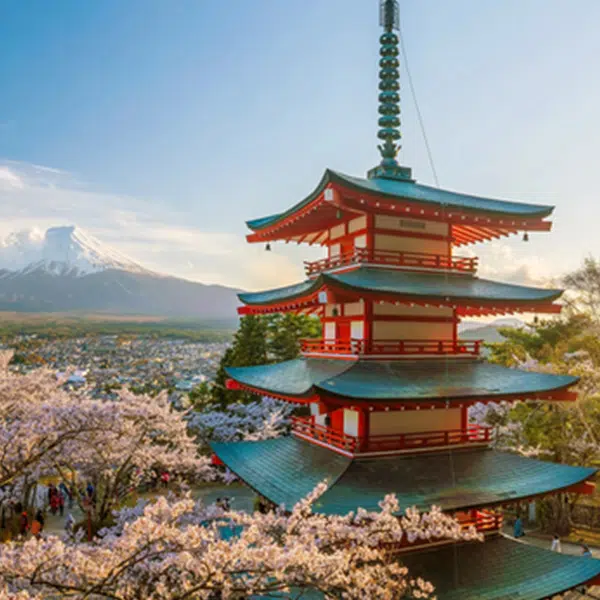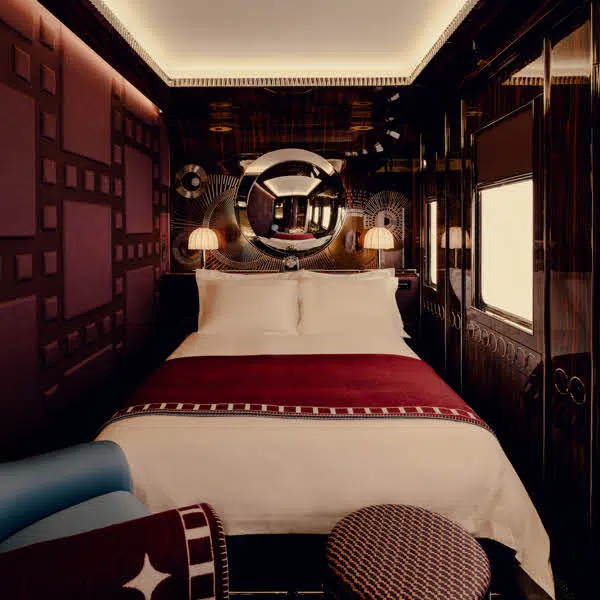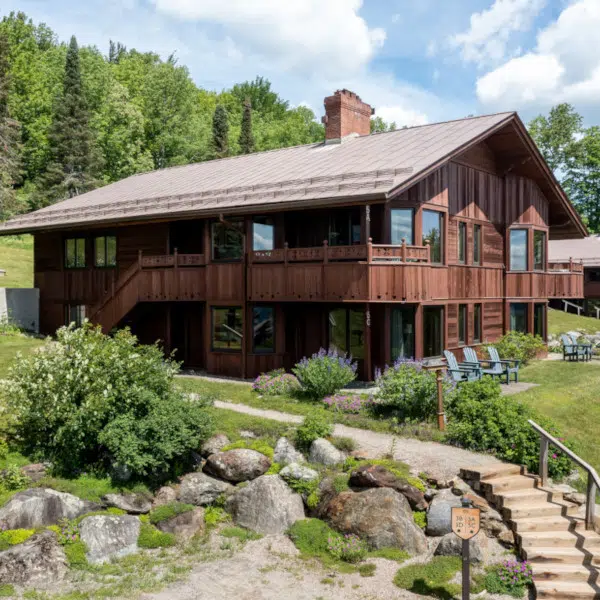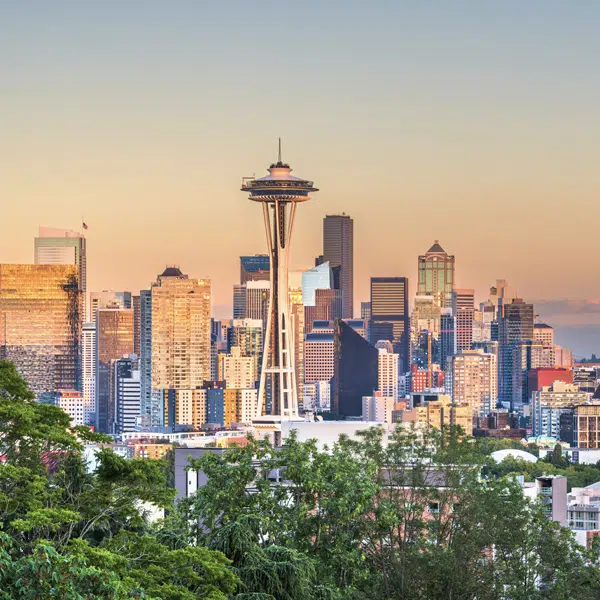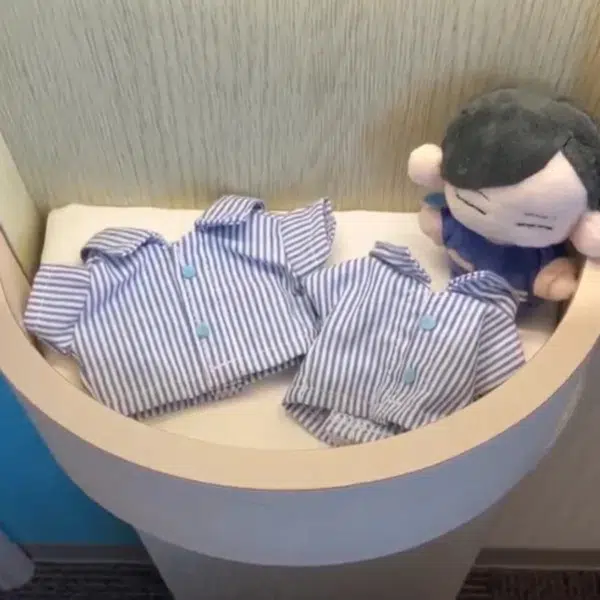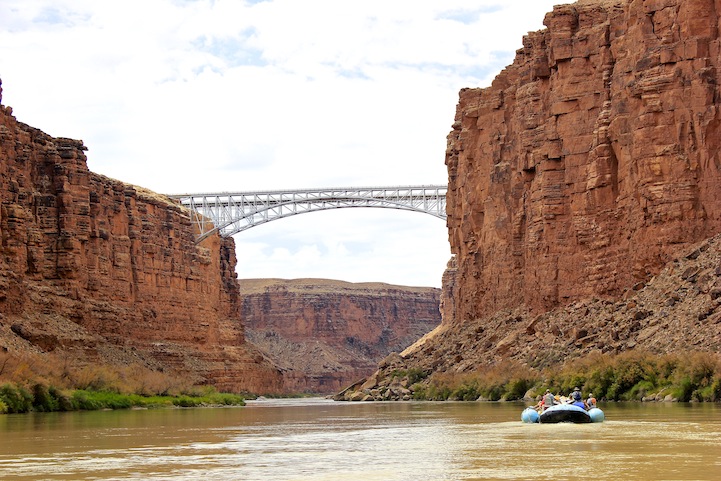
The Grand Canyon is often rated the #1 Natural Wonder to visit in North America. Many people have viewed it from above. The park receives approximately 4.5 million visitors each year, however, only 27,000 people see the Grand Canyon by river.
Intrigued and inspired, just over a week ago, I set off to document what it's like to see the Grand Canyon from the depths of the Colorado River. I reached out to Grand Canyon Whitewater rafting company, and they graciously offered to take me out on a trip, traversing the upper canyon for four days. In a much more modern way, I followed the footsteps of John Wesley Powell, who is famous for the 1869 Powell Geographic Expedition – a three-month river trip down the Green and Colorado rivers that included the first known passage through the Grand Canyon.
The moment I stepped foot into the raft, I got this strong feeling that this was going to be an experience unlike any other. Our shuttle driver, Big Ed, who is of Native American descent, explained it best. The reaction that most people get is how minuscule you feel compared to your immense surroundings.
Every twist and turn on the Colorado provides panoramic views of the canyon, which consists of multiple layers of different rocks that reach high into the sky. Many unique formations look as though they could fall at any moment. It is estimated that the oldest rocks are between 1.6 and 1.8 billion years old. This is why the Grand Canyon is considered to be the basement of the North American continent.
As we rafted down the Colorado River, with our feet hanging off the raft, the splash of cold water from the violent whitewater (see video below) cooled us down from the hot sun. The average water temperature was 48F and the weather ranged from a low in the mid-60s to a high of 105F.
It's hard to imagine, because of the harsh living conditions, but archaeologic evidence suggests that parts of the Grand Canyon have been occupied intermittently by Native Americans for more than 10,000 years. There are six major tribes that hold the canyon sacred: the Hopi, Zuni, Navajo, Hualapai, Paiute, and Havaasupai. The Havaasupai are the only Native Americans still living within the Grand Canyon, which they have called their home for at least the past 800 years.
Around mid-afternoon, our guides would anchor our rafts on a beach and we'd set up camp. Our job was to grab a cot, along with our belongings, and pick a spot where we wanted to spend the night. Sleeping under the stars with no tent was one highlight that pleasantly caught me by surprise. With no city lights around for miles, the pitch black sky was the perfect canvas for a countless array of stars twinkling in the night sky. Every fifteen or twenty minutes or so, a really bright shooting star would dart across the sky, with a beam of light trailing behind, then slowly disappearing.
Seeing the Grand Canyon from below, while on the Colorado River, is an experience I highly recommend taking at least once in a lifetime. It's like being submerged in one of Earth's finest geological classrooms. The trip is ideal for anyone who has a hunger for adventure and loves being immersed in nature. In addition, I would urge parents to take their young children along, not only for a fun bonding experience, but also a life-changing educational one.
Above: Navajo Bridges
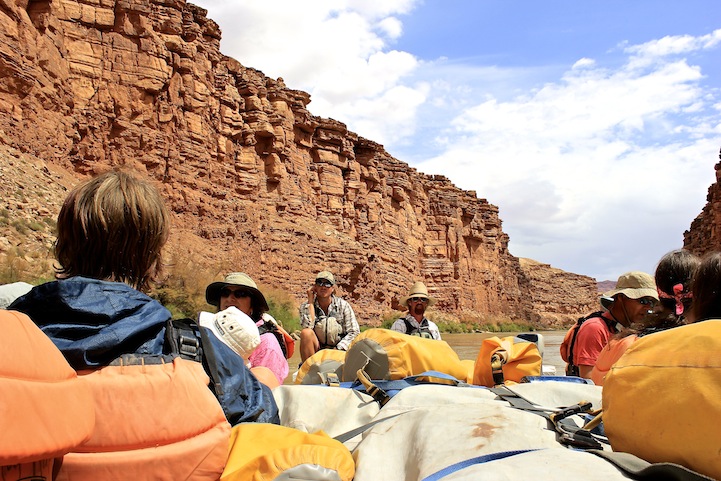
Two of our guides, Grant and Jason
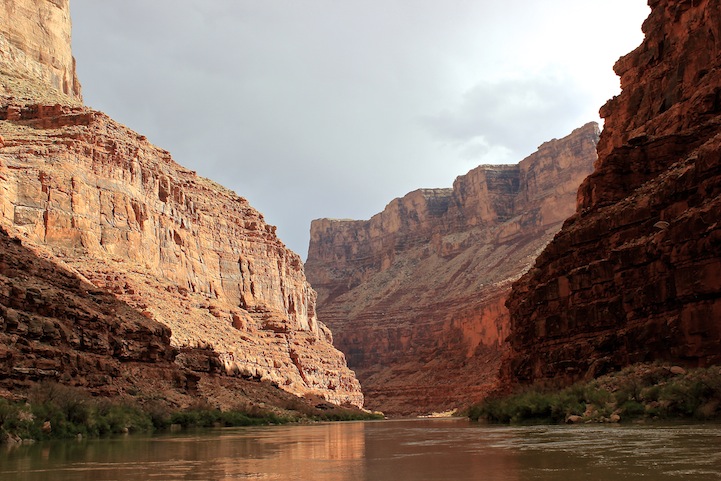
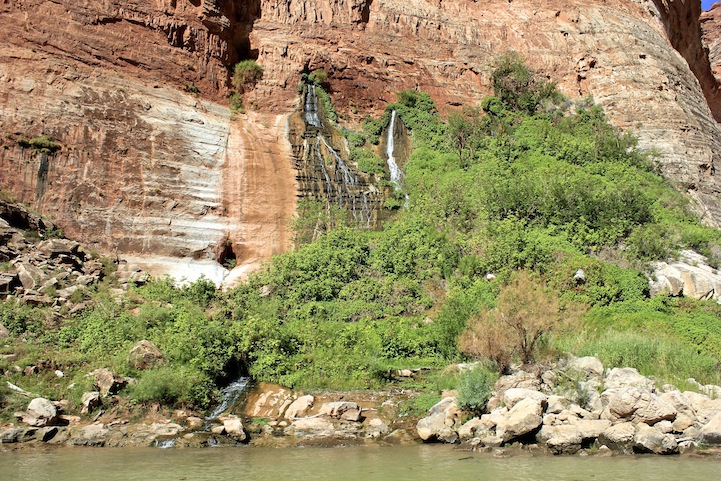
Vasey's Paradise
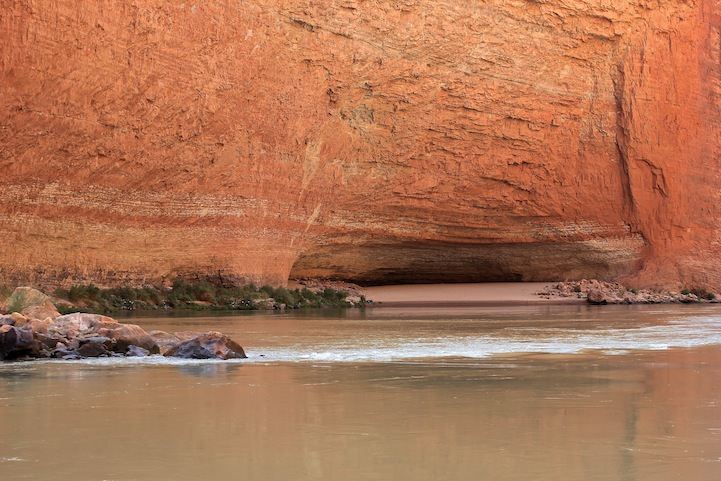
Redwall Cavern, a vast chamber carved by the river.
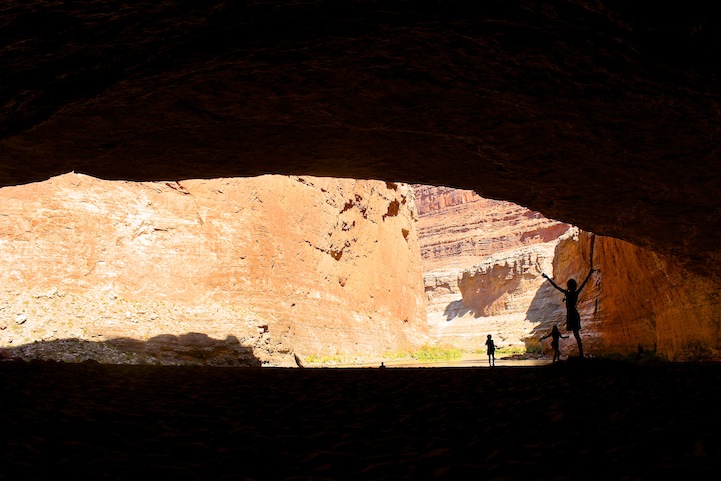
Silhouette of children playing inside Redwall Cavern.
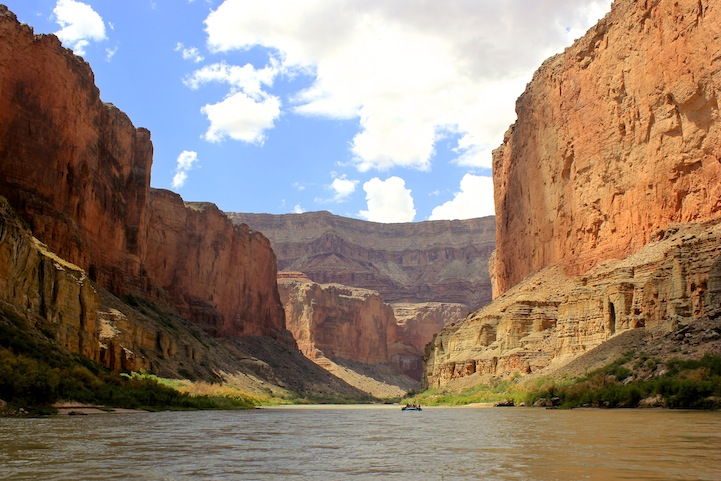
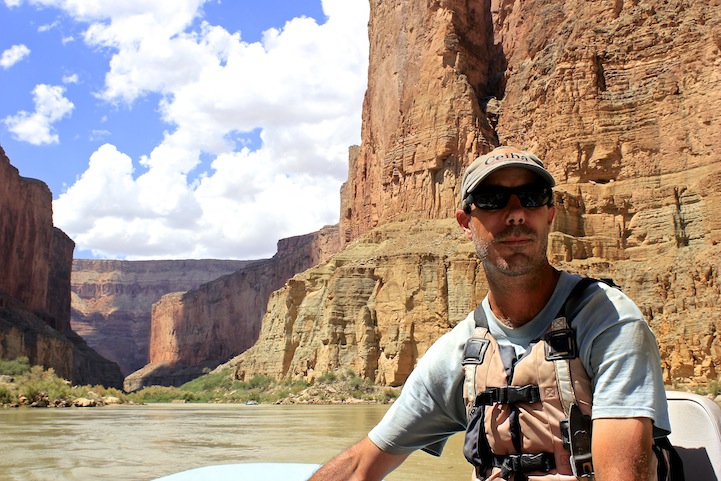
Our lead guide Matt told interesting stories and historical facts as we passed by specific landmarks.
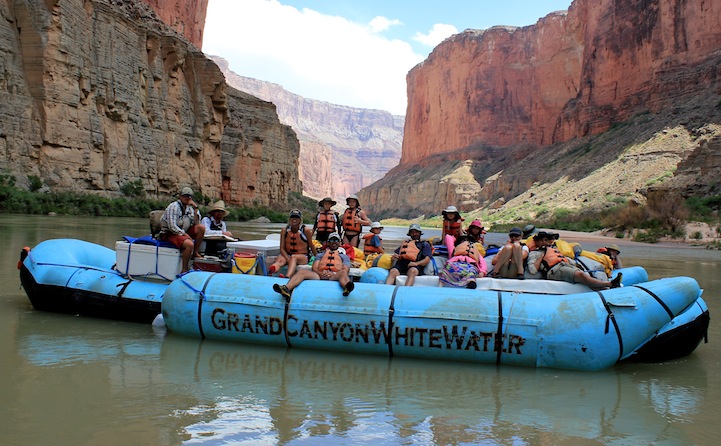
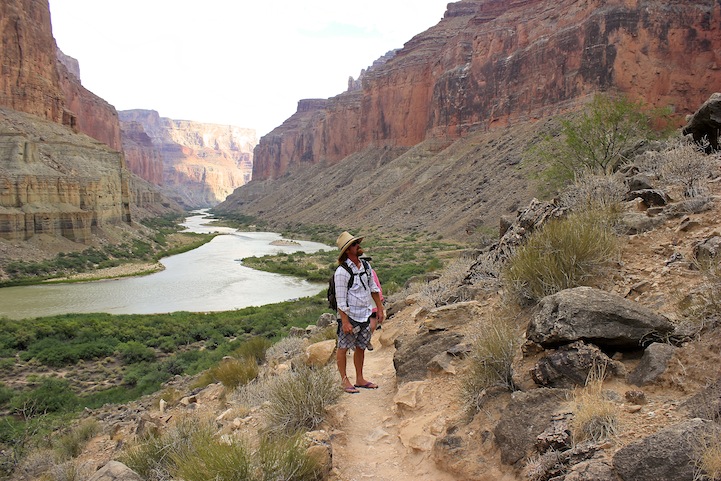
Hiking up Nankoweap Trail
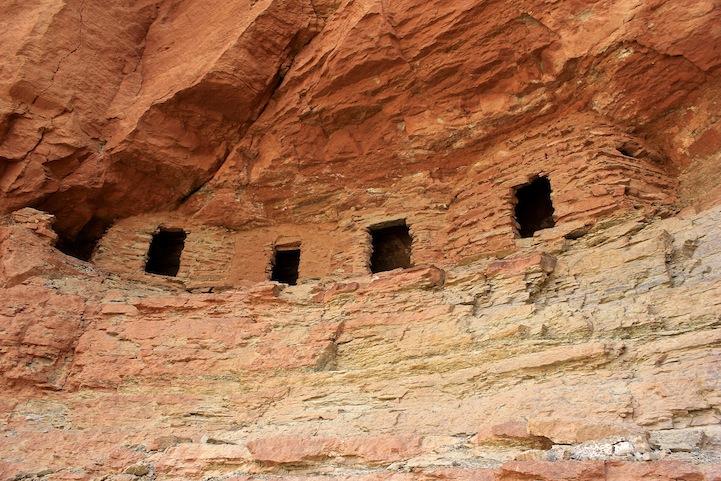
Puebloan Granaries high above river at Nankoweap date back to AD 1100. Tightly constructed structures protected food from rodents, preserved corn, and seeds for long periods in dry climate.
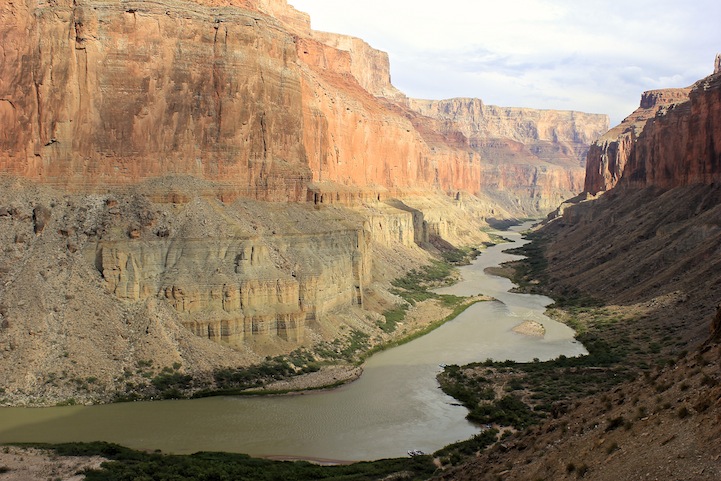
Nankoweap Canyon
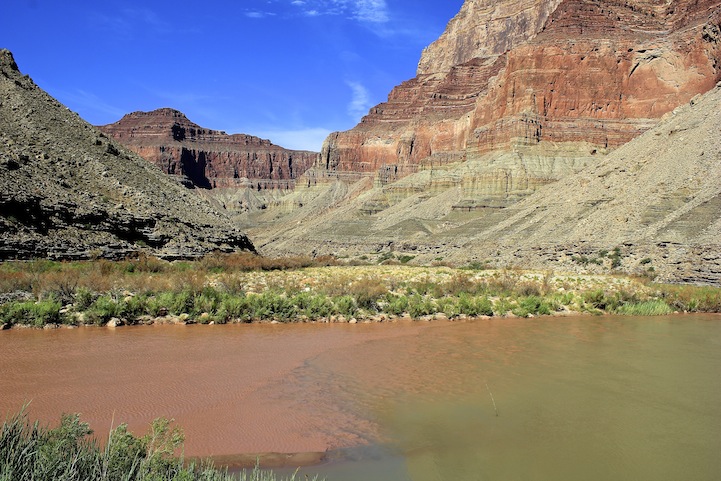
The Little Colorado River confluence. Where the Little Colorado River flows into the Colorado River. This is the exact point where the river changed colors.
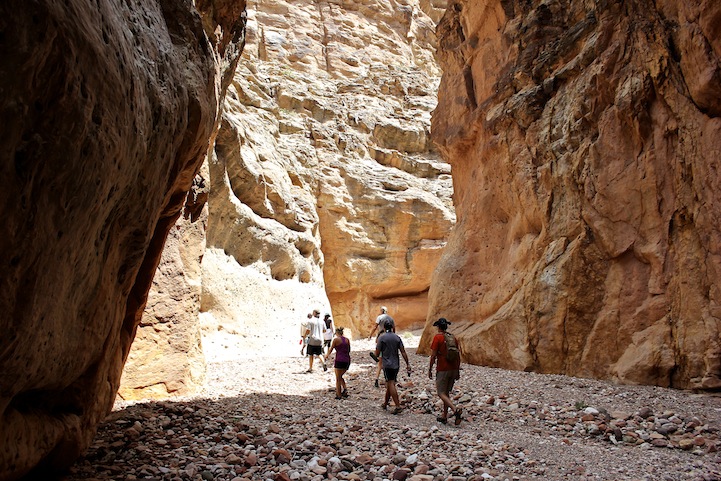
Exploring 75 Mile Canyon, just above Nevills Rapid.
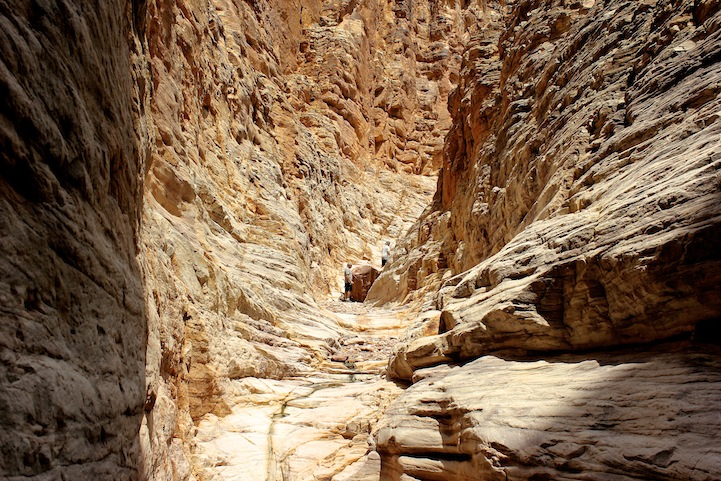
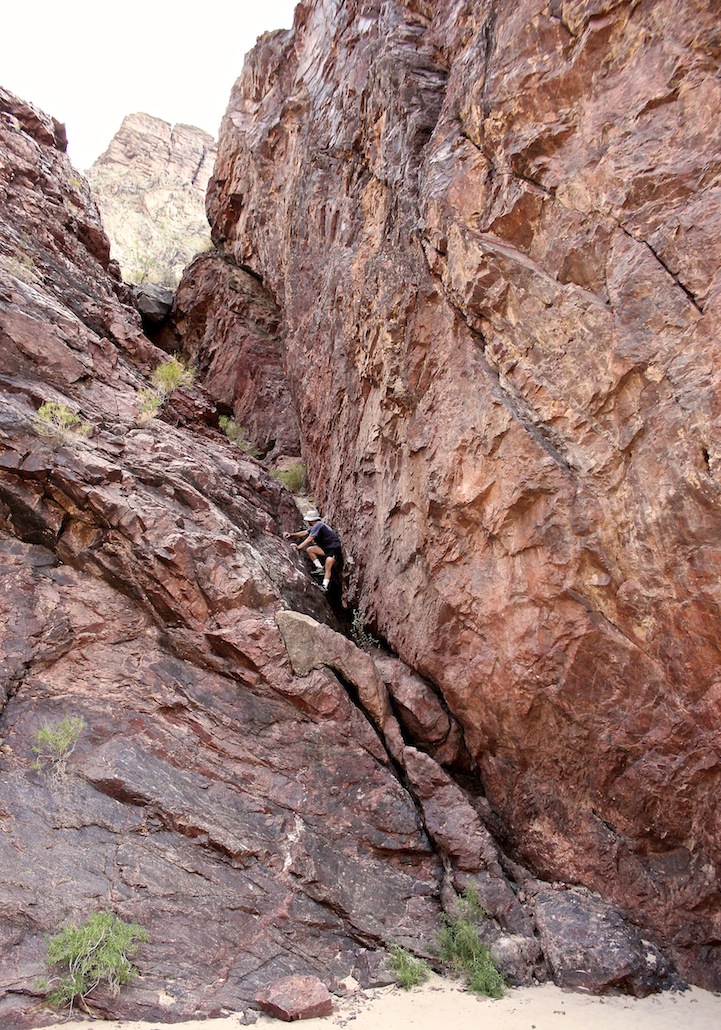
Doing a little rock-climbing before dinner near our camp.
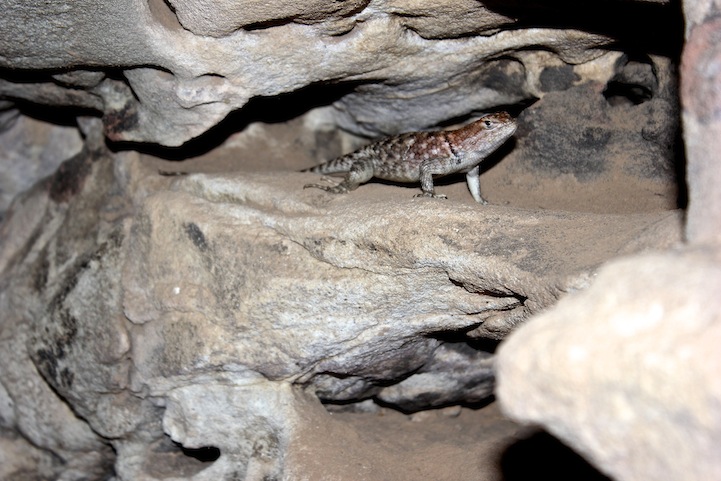
Collard Lizard. We also saw Desert Bighorn, Mule Deer, and numerous bright colored birds. One fellow adventurer somehow spotted a Grand Canyon Rattlesnake in the middle of our camp at night and possibly saved a life.
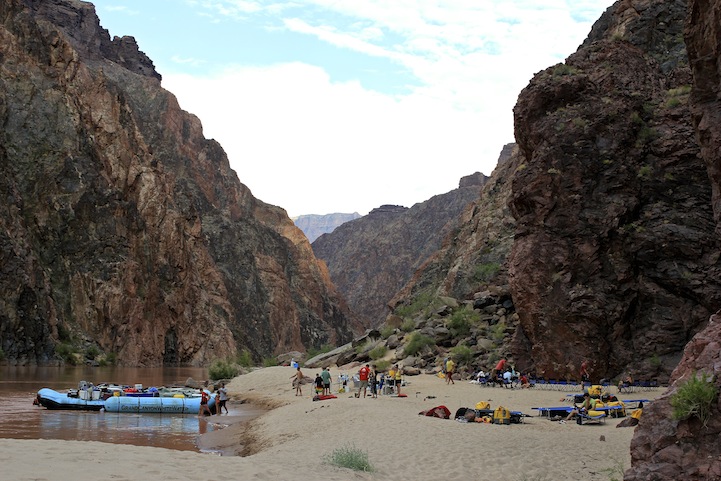
Setting up camp on the third night. This is the biggest beach inside the canyon. On the left, you can see where dinner will be cooked by the guides. The first three nights consisted of salmon, BBQ chicken, and pasta, while we made our own sandwiches for lunch. We also set up our cots to sleep on. The yellow dry bags contained our personal belongings throughout the trip.
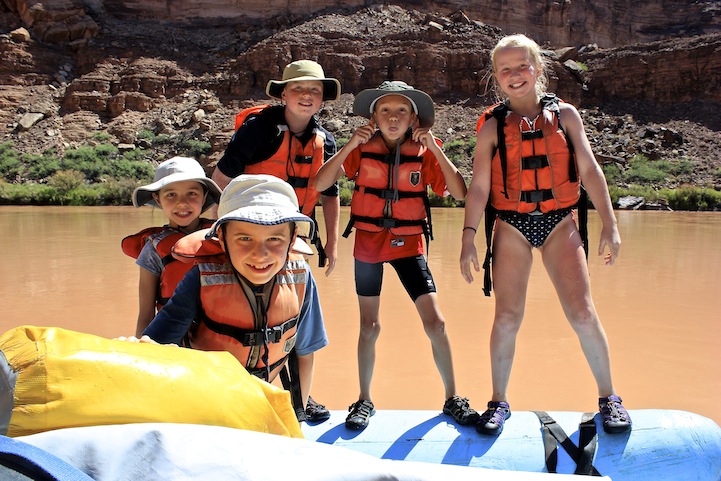
The kids provided a huge amount of positive energy throughout the trip. I was really impressed with how adventurous they were, as they continuously jumped into the brisk river.
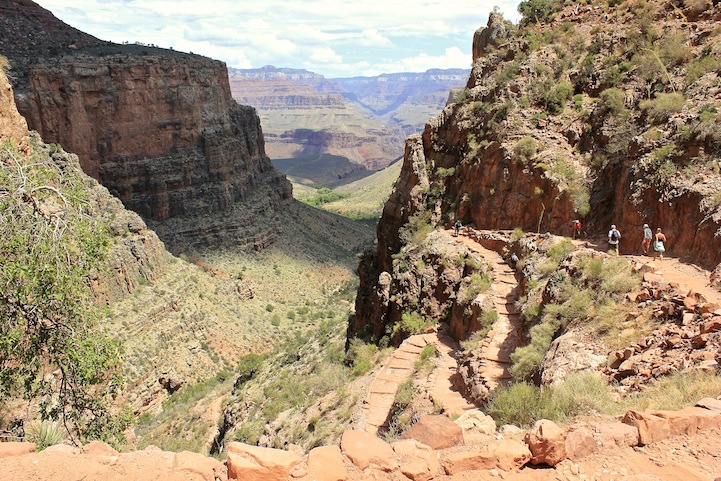
On the fourth day, our hike up the Grand Canyon began. It was 7.5 miles, with 4,380 feet in total elevation.
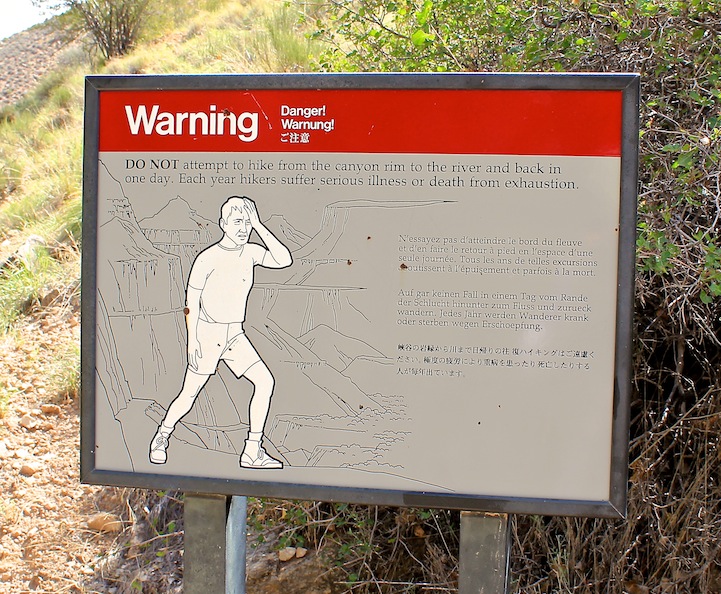
The hike up through Bright Angel Trail is not for the faint of heart. I carried a 50lb+ backpack and needed to drink water and rest constantly. It took me around six hours to get to the top.
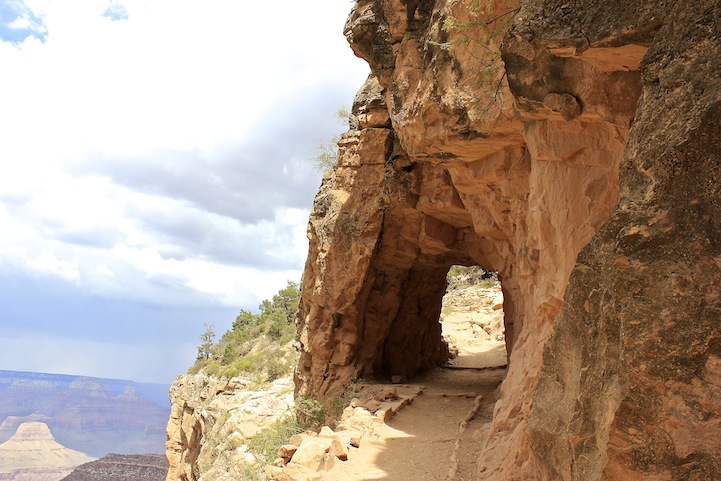
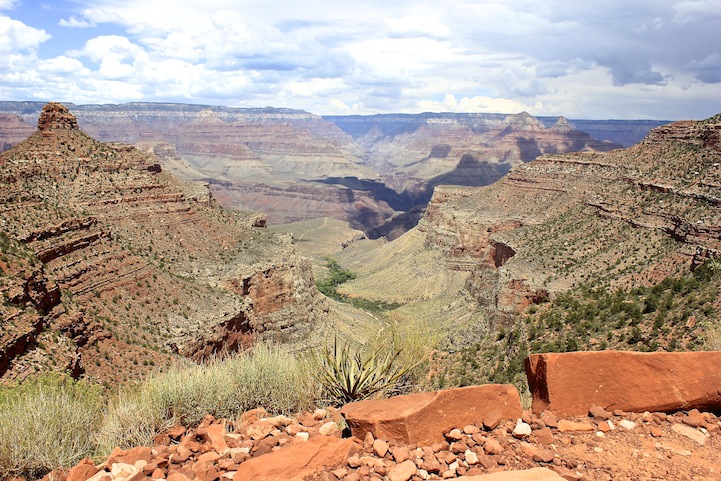
Thank you Grand Canyon Whitewater for an amazing experience!
Grand Canyon Whitewater website
Fact source: Grand Canyon River Guide by Buzz Belknap/ Loie Belknap Evans












































































